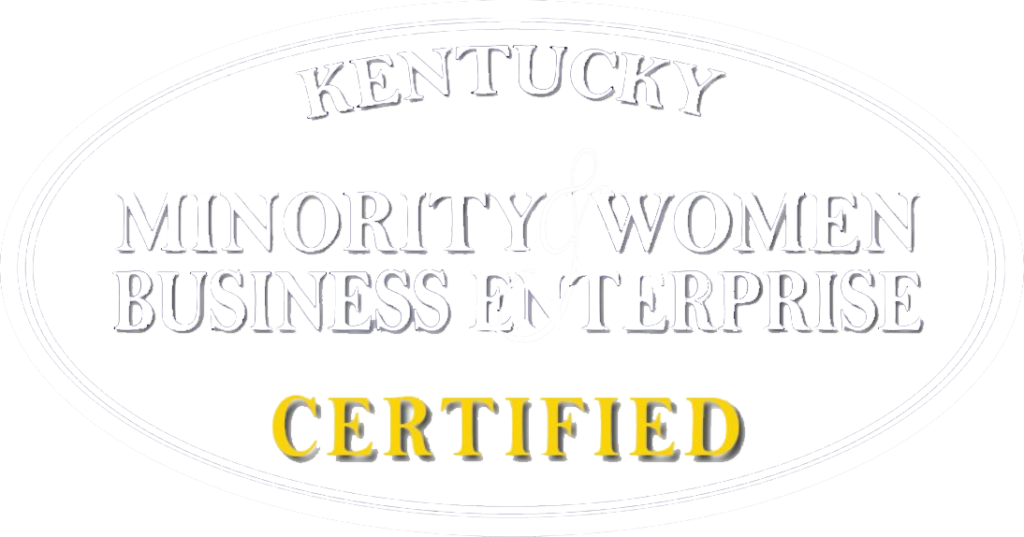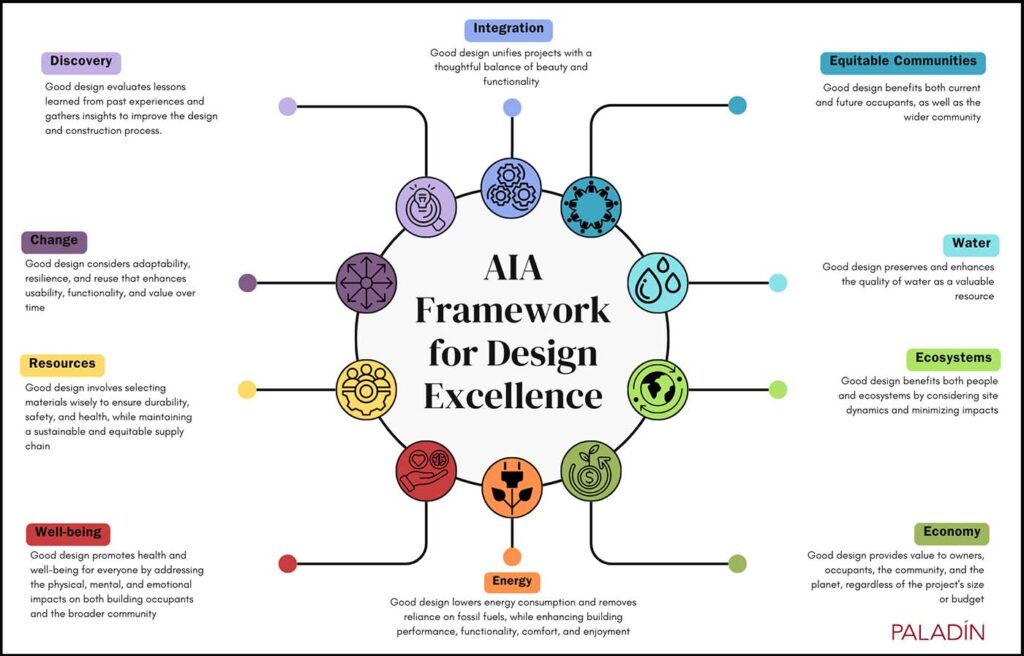
The AIA’s Framework for Design Excellence is not a green building rating system or checklist of prescriptive sustainability measures. It is a comprehensive framework of thought-provoking and insightful principles that every project should consider.
Historically, the AIA’s Framework for Design Excellence is rooted in the AIA’s COTE (Committee on the Environment) Top 10 annual awards program, which for 30 years has celebrated the most sustainable buildings. In response to the current climate challenges facing the world, the AIA (American Institute of Architects) has initiated several calls to action for the architectural design community and offers that every building project should consider its impact to the environment, community, and longevity as part of our built environment.
As part of the recently revised AIA’s Code of Ethics, one call to action is that all architects who are “[AIA] Members should promote sustainable design and development principles in their professional activities.”
So how?
We know that every architect cannot be a subject matter expert in every aspect of sustainability; that expertise takes a focused effort and project schedules may not allow for in-depth studies. However, all building projects should consider the most appropriate sustainability aspects based on location, building type, or desired user outcomes.
In approximately 2018, the AIA launched the Framework for Design Excellence, which consists of 10 principles: Design for…Integration, Equitable Communities, Ecosystems, Water, Economy, Energy, Well-being, Resources, Change, and Discovery. Each principle is intended to be used as thought-provoking resources at the start of each building project. These principles can be used to set project goals and strategies that can then be implemented as the design and construction progresses, and can also be used to inform and educate clients to the impacts of their project.
Each principle contains the framework itself and questions to pose at the start of a project. This toolkit provides additional insights for high-impact, best practices, as well as resources and case studies. There are quantitative and qualitative metrics for each principle.
For example, in Design for Water, the whole project team is challenged to think as an integrated system: How much water is available on site? How could that water be collected and reused? And, more broadly, how is their regional watershed impacted by the project? This thinking extends beyond the standard industry practice in which the architect sites a building based on program (building height, number of parking spaces needed, access to city infrastructure for stormwater conveyance, etc.) and the team falls in line with standard industry practices like low-flush plumbing or simply meeting local low impact development standards. It asks the broader team to consider their site analysis with a water balance calculation. Can they collect and reuse water to alleviate buying potable water for things like irrigation or toilet flushing? Is there an opportunity to use collected water for the HVAC system or from the condensate generated by it?
This preliminary goal-setting conversation before pen hits paper can drive the team toward solutions they may not have even considered. The key is to pause for a moment to consider the goals before jumping into design.
How can your sustainability consultant help?
Goal setting. The subject matter expertise of a sustainability consultant can offer the guidance that encompasses the 10 principles of the AIA’s Framework for Design Excellence as well as offer multiple examples of how the industry can achieve these goals based on their completed body of work. From that discussion, key strategies that best suit your project can be developed and aligned with the best practices and industry reference standards.
The key to starting any project, even at the RFP-writing stage, is layering in performance targets or key performance indicators that the design must be challenged to address. This goes beyond the goals of being “on time” and “on budget,” and challenges the teams to integrate across disciplines in a timelier manner than the status quo. Whether qualitative or quantitative indicators, the teams should be working together on metrics that the project can be measured against.
The AIA’s Framework for Design Excellence is a useful tool for integrating sustainability into every project – from beginners to experts. All must use the framework to at least start the conversation and then derive solutions that best align with project goals.

